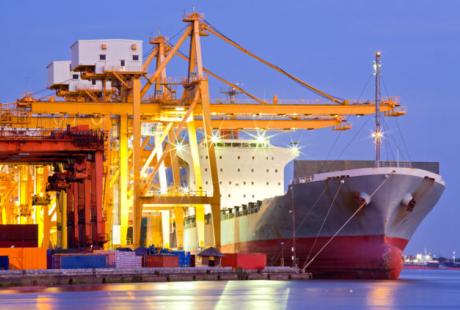When Royal Dirkzwager was founded in 1872, the maritime information provider relied on the high-speed information technology of the day, namely the horse.
On a high point near the port of Rotterdam, a scout would look out to sea with a pair of binoculars, waiting for ships to appear on the horizon. He would then ride down to the docks to warn merchants, sailors, maintenance men and other interested parties of the approaching vessel.
That information service was the foundation of a business that today tracks the many thousand ships that enter and leave the waters of North East Europe every day.
Of course, the technology has moved on somewhat. Royal Dirkzwager now controls a network of transponders, stretching from Norway to Gibraltar, that detect ships’ onboard automatic identification systems (AIS), allowing the company to provide its customers a longer-term and more detailed traffic forecast, and for multiple locations.
Interesting Links
Sensory perception – By combining complex event processing technology with sensors and tags, companies are finding ways to apply the analytical power of information technology to physical objects
As the systems of its customers have developed, Royal Dirkzwager has supported new ways of consuming the information it provides.
“Over the past ten years, we have seen a move towards integrating our information into the business processes of our customers,” explains Paul Wieland, manager of the company’s maritime and logistics ICT. “We also provide planning systems as a service for our customers,” he adds.
But the technology is still moving on. Soon, satellite systems will be able to detect AIS signals all across the world, allowing companies such as Royal Dirkzwager to see every single ship on the surface of the water. Most importantly, it will be able to track the progress of a commercial vessel throughout its voyage.
That promises to add exponentially to what is already an incredible amount of data. And that is why the company recently begun to re-engineer its IT infrastructure around an implementation of Apama complex event processing (CEP) technology from Progress Software.
Until now, Wieland says, the company’s positioning system has been built around a traditional database architecture, in which new position data is written to a field and then eventually retrieved up by a database query.
As the number of data points explodes, this system would become untenably slow, Wieland predicts. “We currently process more than 1,000 position reports every second, and that number is set to grow and grow,” he says. “I can’t see us achieving the kind of scalability we need by using databases; it simply won’t work.”
In the CEP system that is now in the early stages of deployment at Royal Dirkzwager, new positioning data is treated not as records to be filed and retrieved, but as events that trigger responses. The flow of events is managed by business rules.
For Wieland, the ease with which business rules can be established and managed – despite the sheer volume of data they are applied to – will allow Royal Dirkzwager to create many new information services.
To date, the company has developed some simple examples. There are, according to Wieland, such things as cruise ship spotters who come to the docks to visit cruise ships for an afternoon while they refuel. Royal Dirkzwager has used the CEP system to set up a program that automatically alerts subscribers of the arrival of a cruise ship via text.
But in future, the technology could support more personalised, self-service applications. Royal Dirkzwager is working on a system that will allow customers to set-up a one-off alert for a particular vessel through a web front-end. “This system could have a huge impact on our market,” says Wieland. Another possible service would be to offer real-time fuel consumption analysis.
CEP is still a cutting-edge technology; Royal Dirkzwager’s deployment is one of very few to have emerged outside the financial services industry. But according to Wieland, the cost of early-adoption is justified by the long-term nature of its investment, and the fact that it will open up new lines of business for the company.
And for him, adopting the CEP model is nothing short of revolutionary. “This technology will change our whole IT architecture in the coming years. Our company is driven by information, but at the moment we are very database-oriented. However, every change in our dataset could be an event.”
“Once we have realised our first applications, I expect the technology to spread throughout our architecture, such as handling message from ships.”










